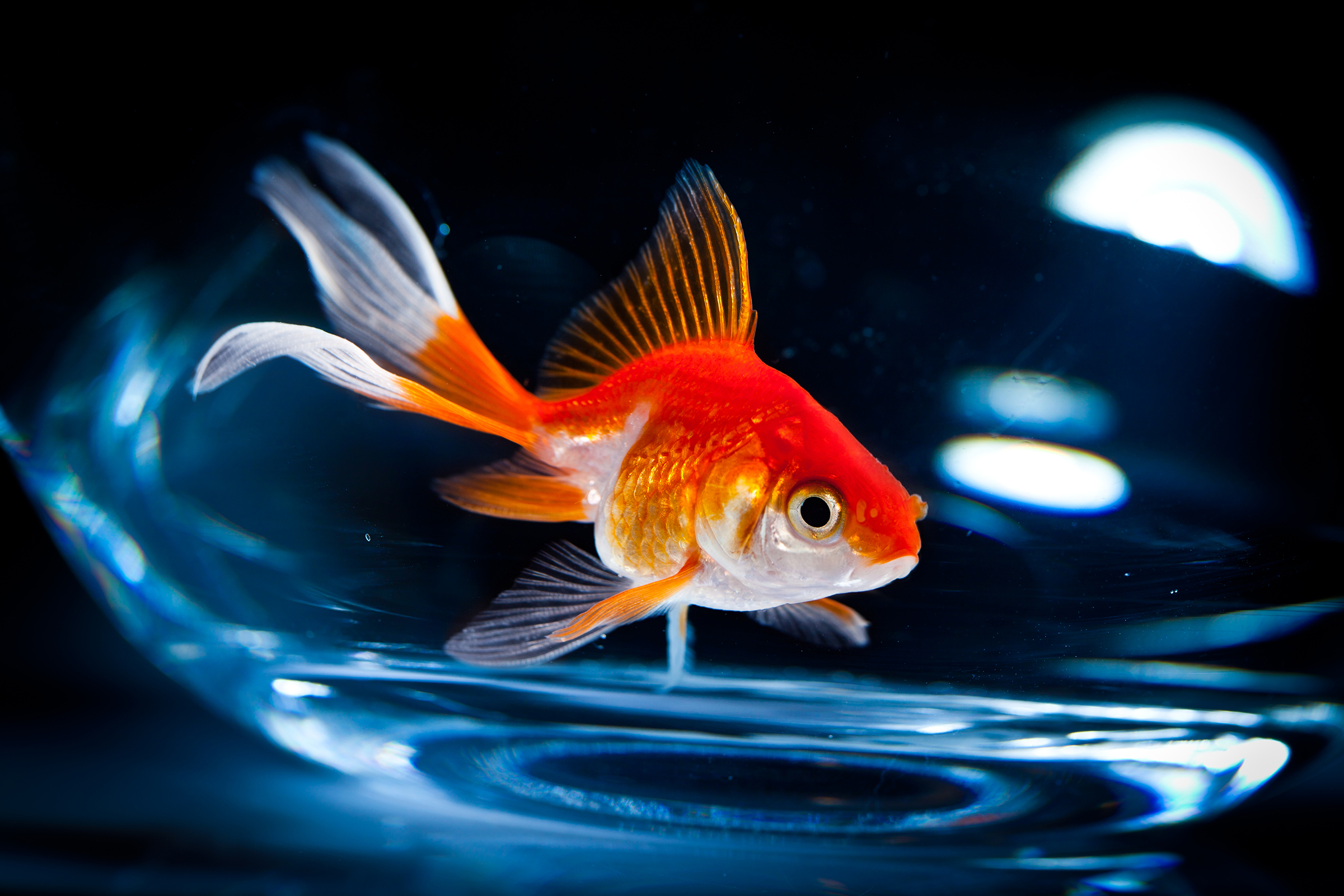Goldfish Mouth Rot
Understanding Goldfish Mouth Rot Goldfish mouth rot, a common affliction in aquariums, is a bacterial infection that affects the mouth and surrounding areas of goldfish. This condition is often caused by the bacterium Flavobacterium columnare, also known as Columnaris or Cottonmouth. Understanding goldfish mouth rot is crucial for aquarium enthusiasts aiming to provide a healthy … Read more

